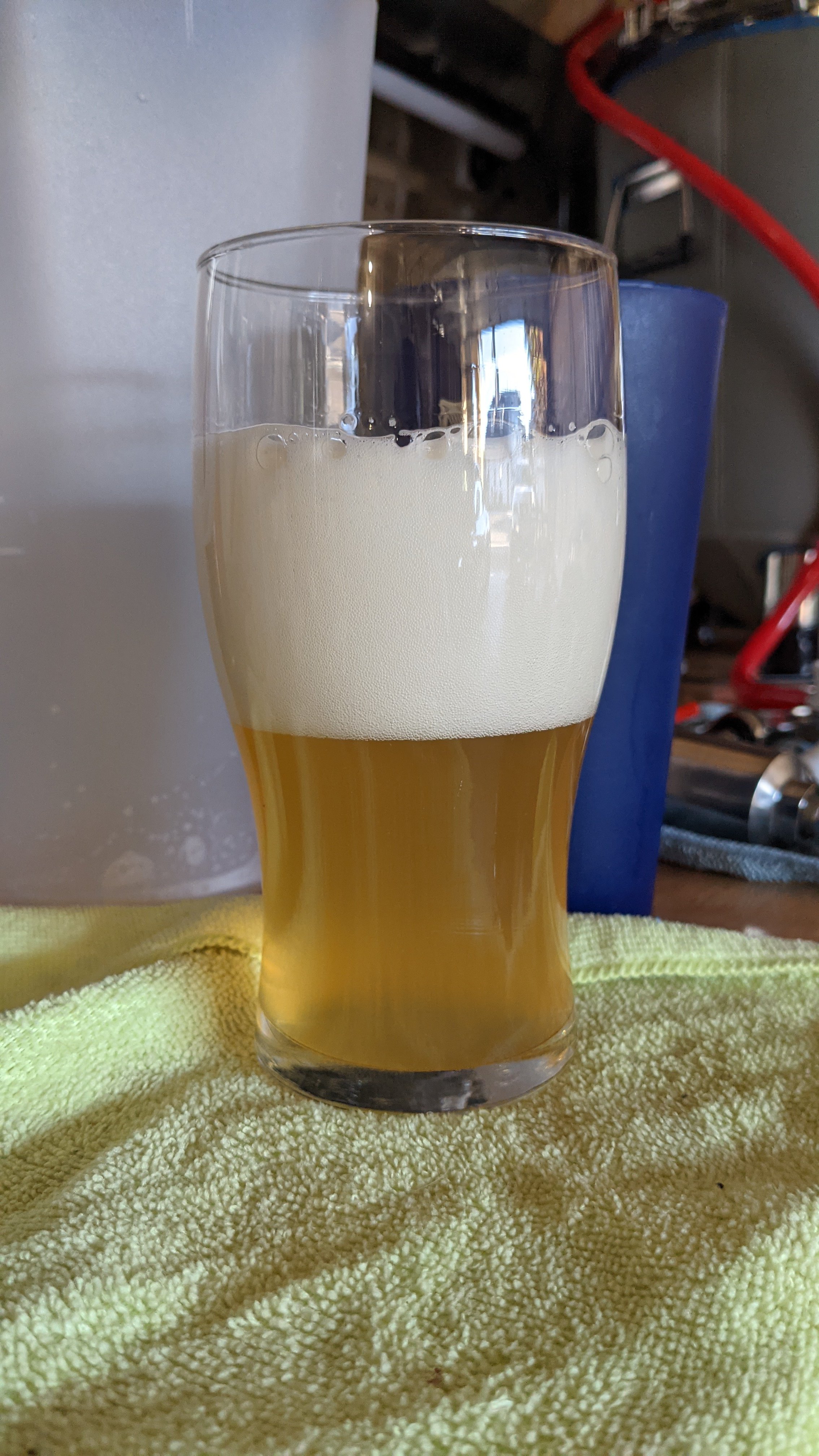seabrew8
Well-Known Member
Hi Folks, who's using 34/70 these days? It was my favorite yeast when i stopped brewing, 2-3 years ago.
I'm going to make a pale lager next week. Simply; 9# 2-row, 2# Vienna and Hallertau to about 25IBU. 1.5oz 60min + 0.5oz 10min or something.
I was going to use an old fridge and hook up my inkbird and ferment at 54f for about a week and put it in my cool basement after. 60-65f.
However, i just looked over the technical pdf file on the fermentis site and it states, "Ideally at 12-18°C (53.6-64.4°F).
If i not mistaken the old packs used to say, 12-15C.
I just found it interesting, maybe they improved/increased the temp. range?
I might change my approach..
edit: I'm trying to figure out the pitch rate also. Not something i geeked out on before. If i read it correctly its basically 2.8 to 4.5 grams per gallon above 54f fermentation.
I'm going to use about 15g i think for 5 gallons. 1.5 pkg
I'm going to make a pale lager next week. Simply; 9# 2-row, 2# Vienna and Hallertau to about 25IBU. 1.5oz 60min + 0.5oz 10min or something.
I was going to use an old fridge and hook up my inkbird and ferment at 54f for about a week and put it in my cool basement after. 60-65f.
However, i just looked over the technical pdf file on the fermentis site and it states, "Ideally at 12-18°C (53.6-64.4°F).
If i not mistaken the old packs used to say, 12-15C.
I just found it interesting, maybe they improved/increased the temp. range?
I might change my approach..
edit: I'm trying to figure out the pitch rate also. Not something i geeked out on before. If i read it correctly its basically 2.8 to 4.5 grams per gallon above 54f fermentation.
I'm going to use about 15g i think for 5 gallons. 1.5 pkg
Last edited:









![Craft A Brew - Safale S-04 Dry Yeast - Fermentis - English Ale Dry Yeast - For English and American Ales and Hard Apple Ciders - Ingredients for Home Brewing - Beer Making Supplies - [1 Pack]](https://m.media-amazon.com/images/I/41fVGNh6JfL._SL500_.jpg)















































